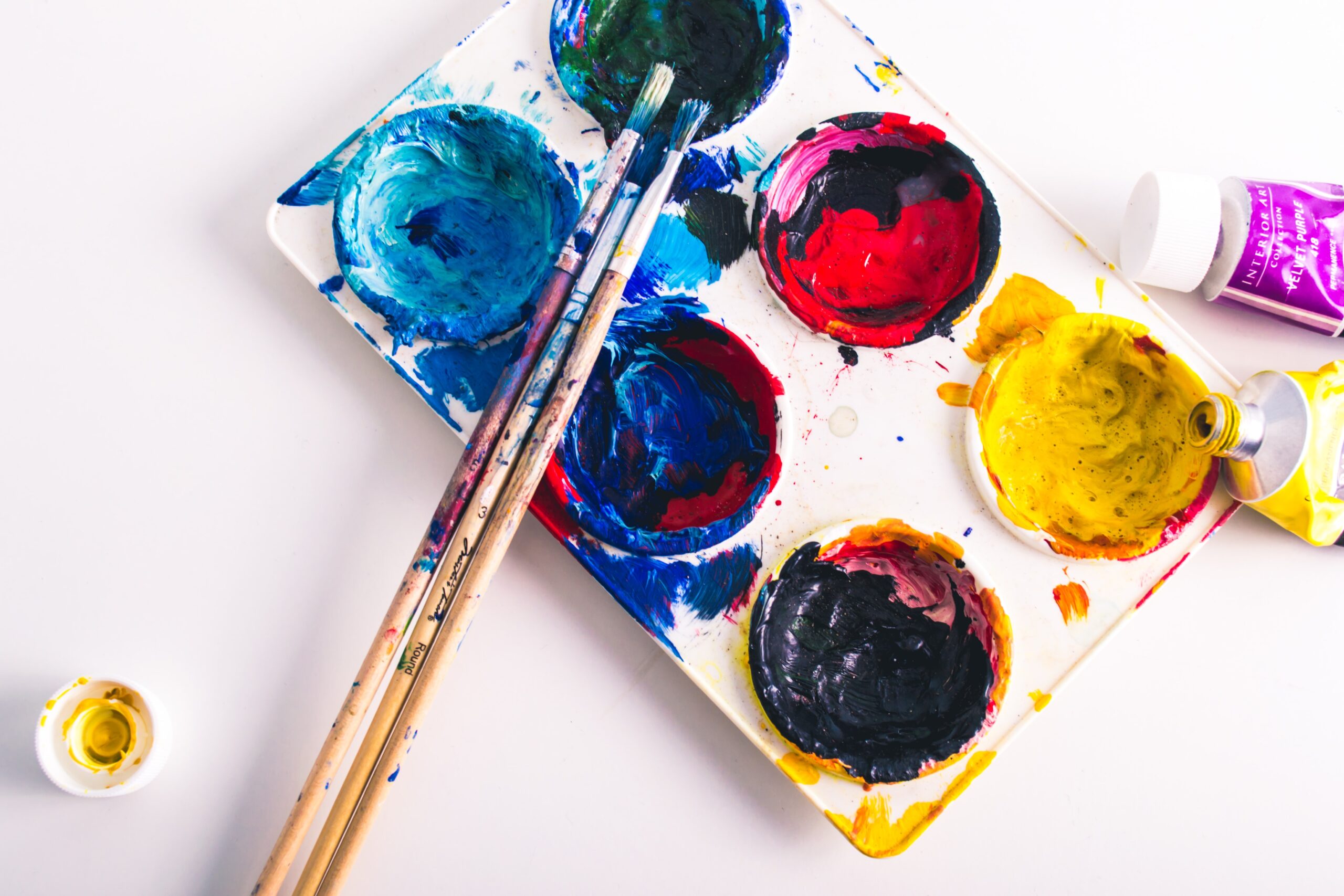
In recent years, digital painting has emerged as a groundbreaking and increasingly popular form of artistic expression. With advancements in technology and the proliferation of digital tools, artists now have a wide range of techniques and styles at their disposal. This article explores the rise of digital painting, examining how it has transformed the art world and discussing its unique features, benefits, and challenges.
The Origins of Digital Painting
Digital painting began to gain traction in the late 20th century with the development of personal computers and specialized software. Early digital artists used basic programs to create pixel-based artwork, laying the foundation for the sophisticated digital tools we see today. The introduction of graphic tablets, like the Wacom series, further expanded the possibilities for digital artists, allowing them to draw directly onto a digital canvas with pressure-sensitive styluses.
As technology evolved, digital painting became more accessible and versatile. Programs like Adobe Photoshop, Corel Painter, and Procreate provided artists with a vast array of brushes mira los ejemplos de reproducciones de arte, textures, and effects, enabling them to mimic traditional painting techniques or explore entirely new styles. This fusion of technology and creativity opened the door to a new era of artistic innovation.
Unique Features of Digital Painting
Digital painting offers several unique features that set it apart from traditional methods. One of the most significant advantages is flexibility. Artists can easily experiment with different colors, layers, and compositions without the fear of permanent mistakes. The ability to undo and redo actions provides a level of freedom and creativity not possible with physical media.
Another key feature is the use of layers. Digital artists can create complex compositions by working on multiple layers, allowing for intricate details and adjustments without affecting the entire piece. This layering technique is especially useful for animation and design, where individual elements need to be manipulated independently.
Digital painting also offers a wide range of brushes and textures, allowing artists to simulate the effects of traditional materials like oil, watercolor, charcoal, and pastels. This versatility enables artists to explore a variety of styles and techniques within a single digital platform.
The Impact of Digital Painting on the Art World
The rise of digital painting has had a profound impact on the art world. It has democratized the creative process, enabling more people to explore their artistic talents without the need for expensive materials or studio space. This accessibility has led to a surge in online art communities and social media platforms dedicated to sharing digital artwork.
Digital painting has also influenced other industries, such as gaming, film, and advertising. Concept artists and illustrators rely on digital tools to create detailed characters, environments, and storyboards. The ability to quickly iterate and collaborate has made digital painting an invaluable asset in these fields.
Furthermore, digital painting has blurred the lines between traditional and digital art. Many contemporary artists combine digital and physical techniques, creating hybrid artworks that incorporate both. This fusion of media challenges traditional notions of art and encourages artists to push boundaries and explore new possibilities.
Challenges and Criticisms
Despite its many advantages, digital painting is not without its challenges and criticisms. Some traditional artists argue that digital tools lack the tactile quality and craftsmanship of physical media. The ease of undoing mistakes can also lead to a less disciplined approach to art, as the consequences of errors are minimized.
Additionally, the digital nature of the artwork raises questions about ownership and authenticity. Unlike traditional paintings, digital art can be easily reproduced and shared, leading to concerns about intellectual property and the value of original artwork. The emergence of non-fungible tokens (NFTs) has attempted to address these issues by providing a means of proving ownership and uniqueness in the digital realm.
Conclusion: The Future of Digital Painting
Digital painting has revolutionized the art world, offering artists new tools and opportunities to express themselves. Its flexibility, versatility, and accessibility have made it a popular choice for artists of all levels and backgrounds. While challenges and criticisms remain, the continued evolution of technology suggests that digital painting will play an increasingly important role in the future of art.
As artists continue to explore the potential of digital painting, we can expect to see even more innovative approaches and creative applications. Whether it’s in the realm of fine art, entertainment, or design, digital painting has proven to be a transformative force, reshaping the way we create and experience art.
Leave a Reply